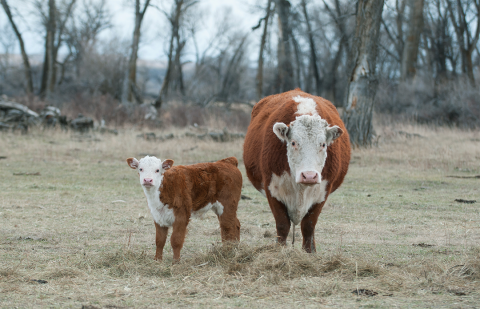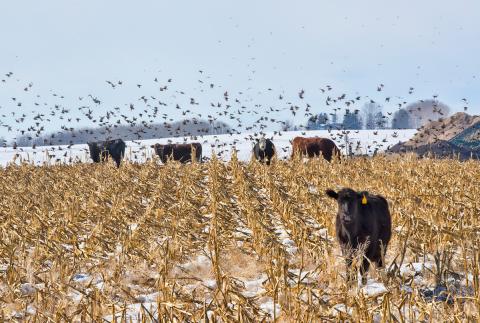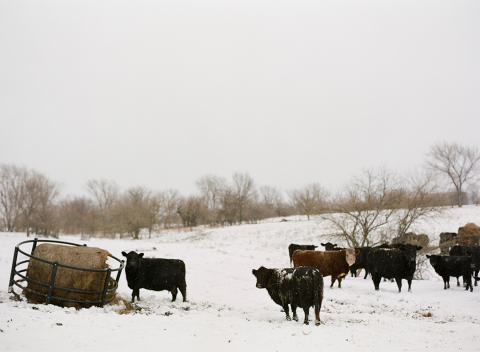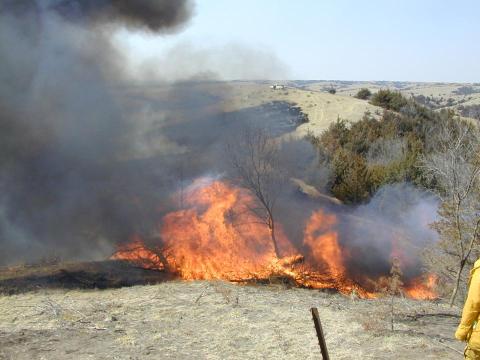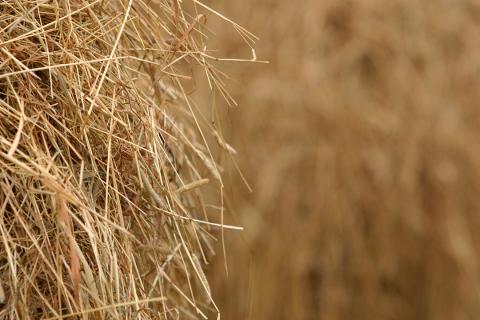Pasture and Forage Minute: Considerations for Feed After Calving, Adding Legumes to Pastures
February 12, 2024
Tips on meeting nutrient requirements of cows after calving season and improving pasture production by frost seeding or interseeding legumes.
Pasture and Forage Minute: Considerations for Pasture Leases and Winter Hay Nutrition
January 30, 2024
Extension educators review factors that affect the success of pasture grazing leases, and how to avoid toxicity and malnutrition through livestock feed during the winter.

Pasture and Forage Minute: Preparing Your Operation for 2024, Planning Spring Annual Forages
January 23, 2024
Winter brings time to take stock of our current operations and plan for the future, which can make a significant impact on success in the upcoming year.
Pasture and Forage Minute: Record-keeping for Taxes, Selecting Alfalfa Varieties
January 9, 2024
It's time for another tax season. Agricultural Economics Extension Educator Shannon Sand shares tips on getting prepared for the March 1 deadline. Plus, considerations for selecting alfalfa varieties.
Pasture and Forage Minute: Tips for Cornstalk Grazing, Using Bad Hay and Silage
December 26, 2023
Considerations for grazing cornstalks with snow cover and utilizing low-quality hay and silage during periods of low supply and high feed costs.
Pasture and Forage Minute: Water Costs for Grazing Cattle, Twine in Feed
December 12, 2023
Extension educators share recommendations for calculating the cost of water for cattle grazing on cornstalks, and highlight the risks associated with cattle ingesting twine or net wrap in hay feed.
Pasture and Forage Minute: Red Cedar Control and Fall Hay Inventory
November 29, 2023
Recommendations for prescribed burning to control Eastern red cedar in pastures and rangeland, and fall hay inventory.
Pasture and Forage Minute: Reducing Hay Losses, Understanding Relative Feed Value of Hay
November 21, 2023
Extension educators share insights on how to reduce fed hay losses and the differences between relative feed value and relative forage quality when testing grass hay.
